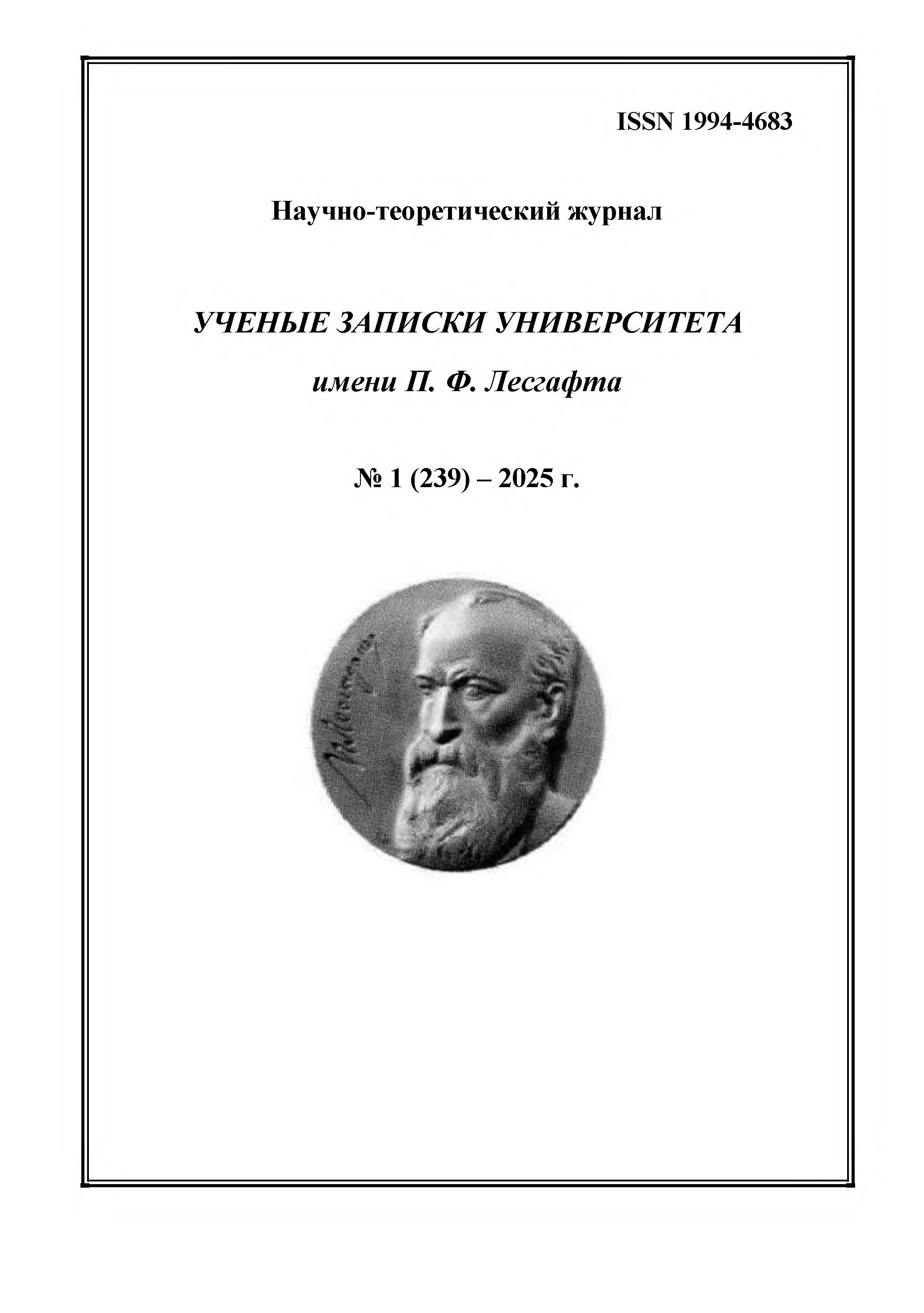Russian Federation
Russian Federation
employee from 01.01.2012 to 01.01.2025
Kazan, Kazan, Russian Federation
CSCSTI 77.29
Wrestling requires the comprehensive development of physical qualities, including high muscle strength, anaerobic power, and endurance. Assessing the functional profile of wrestlers, particularly the ability of muscles to rapidly generate force (rate of force development), is important for the objective evaluation of strength potential, identification of overtraining, and injury risk. The purpose of the study is to identify the characteristics of strength and power in belt and koresh wrestlers during the preparatory period, with a focus on the rate of force development of leg extensors and its relationship to the level of sports mastery. Research methods and organization. The study involved athletes engaged in belt wrestling and koresh belt wrestling. Anaerobic power was assessed using the Monark 894 E ergometer, and isokinetic and isometric testing of knee joint extensors was conducted on the Knee-Pro AntexLab apparatus. Measurements included maximum torque, rate of force development, time to peak torque, and anthropometric indicators. Research results and conclusions. The most informative indicator was the inverse correlation between the rate of force development in isokinetic mode at 30°/s and the level of sports mastery. A positive correlation was noted between the time to peak torque and mastery level, indicating better muscle recruitment ability among more qualified wrestlers. The study demonstrated that a high level of sports mastery in belt wrestling and koresh may be accompanied by a reduction in the rate of force development, which is likely associated with enhanced neuromuscular control.
belt wrestling, koresh, testing in sports, morphofunctional indicators, sports physiology
1. Chaabene H., Negra Y., Bouguezzi R., Mkaouer B., Franchini E., Julio U., Hachana Y. (2017), “Physical and physiological attributes of wrestlers: An update”, Journal of Strength and Conditioning Research, Vol. 31, pp. 1411–1442, DOIhttps://doi.org/10.1519/JSC.0000000000001738.
2. Ramirez-Velez R., Argothyd R., Meneses-Echavez J. F., Sanchez-Puccini M. B., Lopez-Alban C. A., Cohen D. D. (2014) “Anthropometric characteristics and physical performance of Colombian elite male wrestlers”, Asian Journal of Sports Medicine, Vol. 5, No. 4, 23810, DOIhttps://doi.org/10.5812/asjsm.23810.
3. Acar S., Ozer B. K. (2020), “Assessment of the relationships between physical and motor features of young wrestlers from Turkey”, Journal of Anthropology of Sport and Physical Education, Vol. 4, No. 1, pp. 15–24, DOIhttps://doi.org/10.26773/jaspe.200103.
4. Terbizan D. J., Seljevold P. J. (1996), “Physiological profile of age-group wrestlers”, Journal of Sports Medicine and Physical Fitness, Vol. 36, No. 3, pp. 178–185.
5. Maffiuletti N. A., Aagaard P., Blazevich A. J., Folland J., Tillin N., Duchateau J. (2016), “Rate of force development: physiological and methodological considerations”, European Journal of Applied Physiology, Vol. 116, pp. 1091–1116, DOIhttps://doi.org/10.1007/s00421-016-3346-6.
6. Lira C. A. B., Vancini R.L., Andrade M.S. (2016), “Could isokinetic evaluation contribute to the assessment of sex differences in the incidence of ACL, MCL, and meniscal injuries in collegiate and high school sports? Letter to the editor”, American Journal of Sports Medicine, Vol. 44, No. 7, pp. 35-36. DOIhttps://doi.org/10.1177/0363546516655119.
7. Toskic L., Dopsaj M. M., Toskic D., Markovic M. (2020), “Isokinetic muscle power of the knee extensor and flexor muscles among differently trained people in relation to gender”, Human Movement, Vol. 21, No. 3, pp. 81–89, DOIhttps://doi.org/10.5114/hm.2020.91349.
8. Fry A. C., Kraemer W. J., Lynch J. M., Barnes J. M. (2001), “Overload injury of the knees with resistance-exercise overtraining: a case study”, Journal of Sport Rehabilitation, Vol. 10, No. 1, pp. 57–66, DOIhttps://doi.org/10.1123/jsr.10.1.57.
9. Bar-Or O. (1987), “The Wingate anaerobic test: An update”, Sports Medicine, Vol. 4, No. 6, pp. 381–394, DOIhttps://doi.org/10.2165/00007256-198704060-00001.
10. Skugor K., Gilic B., Mladenovic M., Stajer V., Roklicer R. (2023), “Motivation profile of youth Greco-Roman wrestlers”, Sports, Vol. 11, No. 2, Article 43, DOIhttps://doi.org/10.3390/sports11020043.
11. Olmez C. (2022), “The investigation of isokinetic knee strength and muscle balance of taekwondo and wrestling athletes”, Turkish Journal of Kinesiology, Vol. 8, No. 4, pp. 107–114, DOIhttps://doi.org/10.31459/turkjkin.1191224.
12. Jaafar H., Rouis M., Coudrat L., Attiogbe E., Vandewalle H., Driss T. (2014), “Effects of load on Wingate test performances and reliability”, Journal of Strength and Conditioning Research, Vol. 28, No. 12, pp. 3462–3468, DOIhttps://doi.org/10.1519/JSC.0000000000000575.







